12 Tips for Spotting Fake Pokémon Cards
When it comes to collecting Pokémon cards, knowing how to spot a fake is crucial. Counterfeit cards can be hard to distinguish, but there are a few key things to look out for. Checking the card’s print quality, texture, and color can make a big difference. Keep an eye out for these subtle clues to avoid adding fake cards to your collection. By being aware of these details, you can make sure your collection stays authentic and valuable.
This post may contain affiliate links, which helps keep this content free. Please read our disclosure for more info.
Examine the Card’s Weight
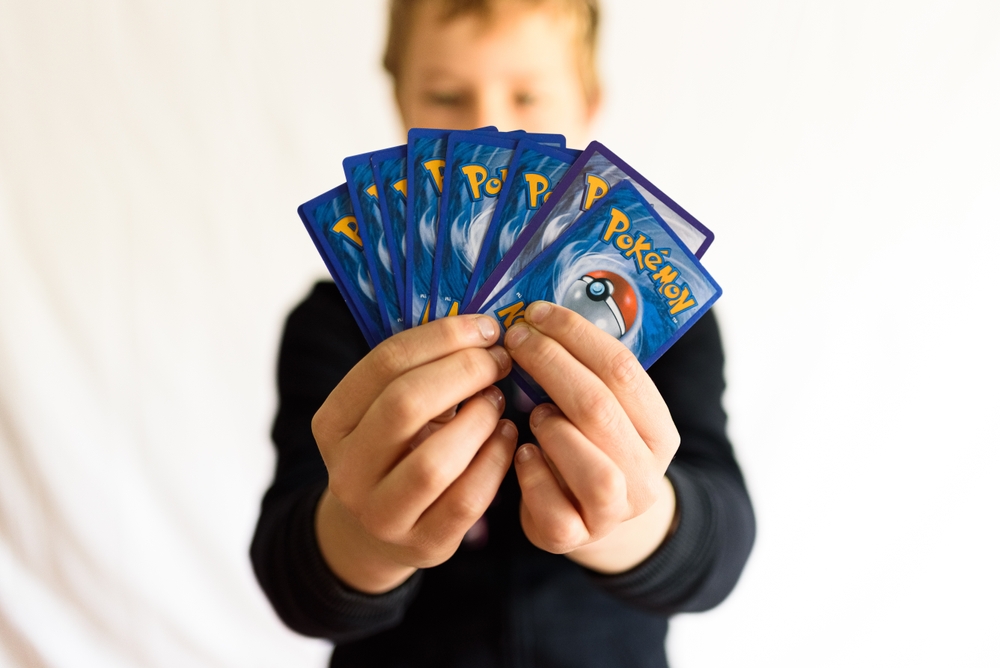
Fake Pokémon cards are often lighter than the authentic versions. Real cards are made with a specific material and thickness that gives them a certain weight. If you hold a card and it feels unusually light, there’s a chance it is a counterfeit. This simple check can save you from purchasing a fake, especially when comparing multiple cards.
To perform this test, simply weigh the card or compare it to an authentic card. Authentic cards have a distinct weight that is hard to replicate. It is a quick and easy way to ensure the card is genuine. This method works well when handling cards in bulk or purchasing from an unfamiliar source.
Check the Card’s Texture

One of the most reliable ways to spot a fake Pokémon card is by examining its texture. Real cards have a specific feel to them, with a smooth, almost matte finish. Counterfeit cards may feel too glossy or even rough, especially on the edges. This texture difference can be very noticeable when you handle cards side by side.
Another clue lies in the card’s surface. Genuine cards typically have a slightly textured feel due to the way they are printed. If the card feels too slick or too flimsy, it is likely a fake. Always pay attention to this subtle detail to avoid being fooled.
Inspect the Holographic Pattern
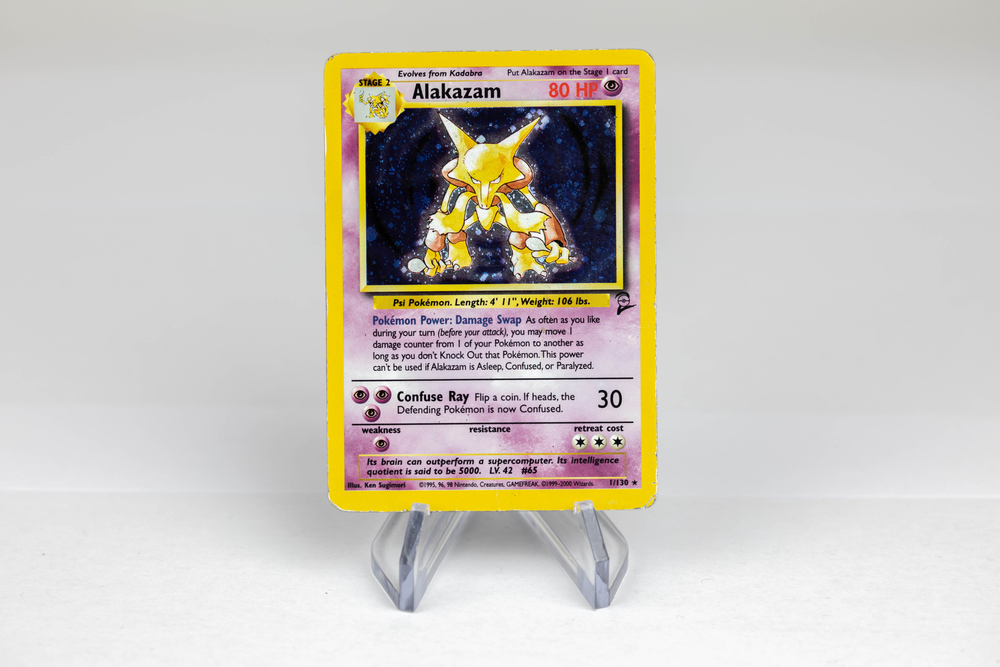
Many Pokémon cards feature holographic images that catch the light in specific ways. Fake cards often fail to replicate the shine and pattern of real holographic cards. Authentic holographic cards have a unique, layered pattern that shifts depending on the angle. If the holographic pattern looks off or lacks depth, it is likely a counterfeit.
When inspecting the holographic pattern, check for any inconsistencies or blurry areas. Real cards have fine details and sharp contrasts, while fakes may appear distorted. This is a great tip for spotting counterfeits, especially with rare and shiny cards.
Look at the Card’s Borders
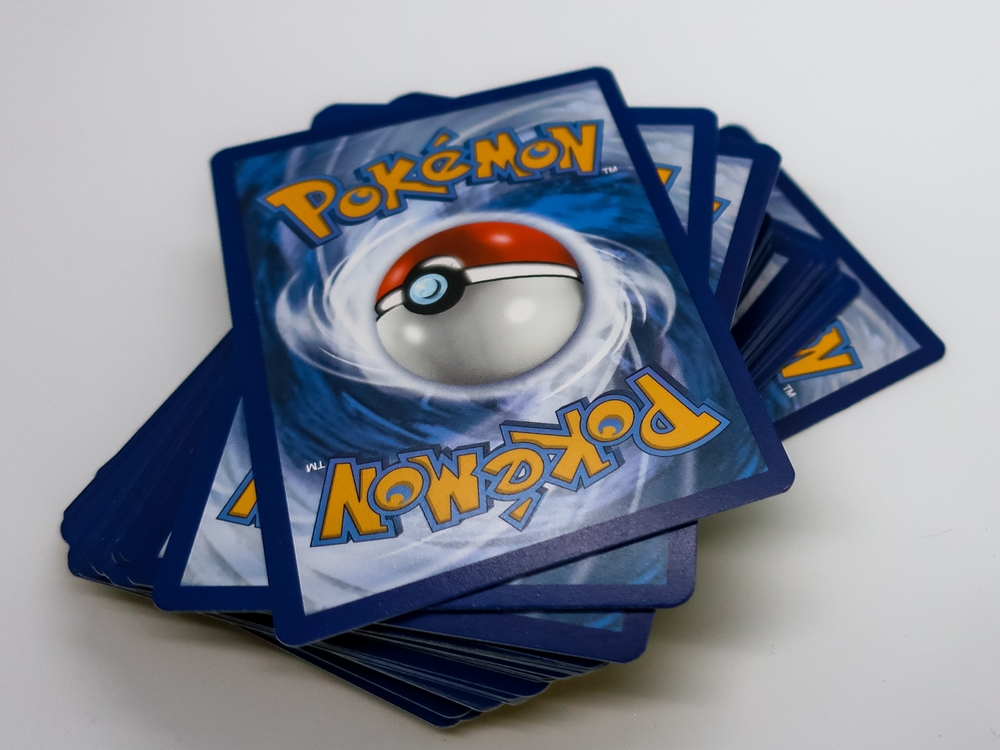
Another key feature to examine is the border of the card. Real Pokémon cards have clean, well-defined borders that are consistent all around. Fake cards, however, often have poorly aligned borders, with uneven edges or a misprint. This is especially noticeable when comparing the fake card with a real one.
If you spot any irregularities in the card’s borders, it is likely not genuine. Authentic cards will have perfectly aligned and smooth borders with no smudges or misprints. A quick visual check can help prevent purchasing fake cards.
Inspect the Font and Text
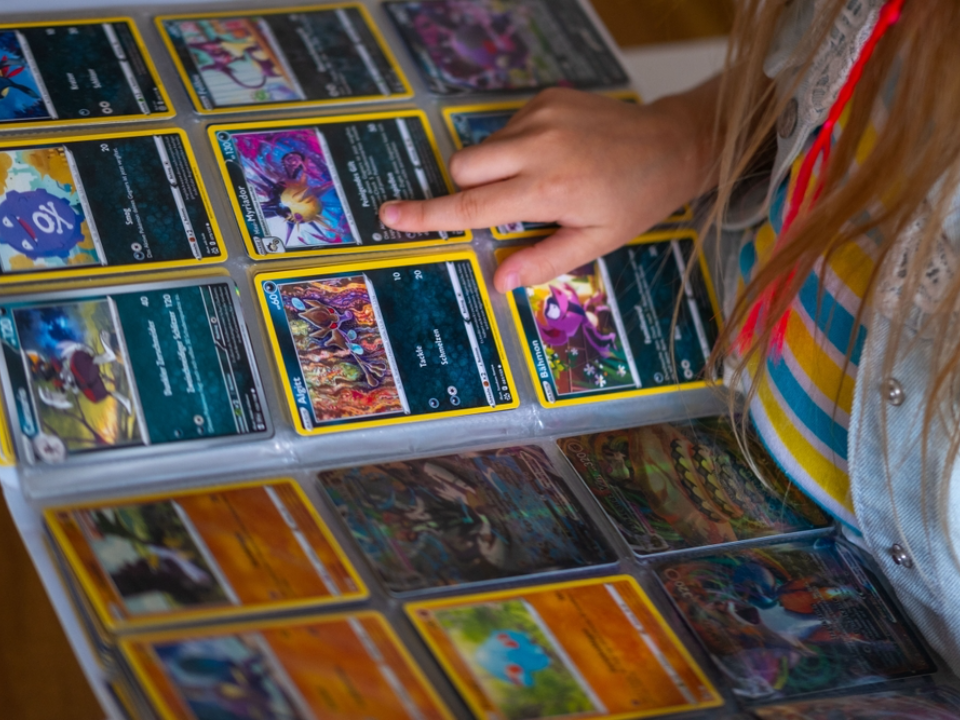
The text on Pokémon cards is another giveaway when it comes to spotting fakes. Authentic cards have specific fonts, and any inconsistencies or fuzzy letters may indicate a fake. Fake cards often use different font styles or poorly printed text that can appear blurry. The color of the text may also differ from the original cards, looking more faded or uneven.
To check for authenticity, compare the text to a confirmed genuine card. Ensure that the font style, spacing, and clarity are identical. This small detail can reveal whether a card is real or fake.
Check the Card’s Back
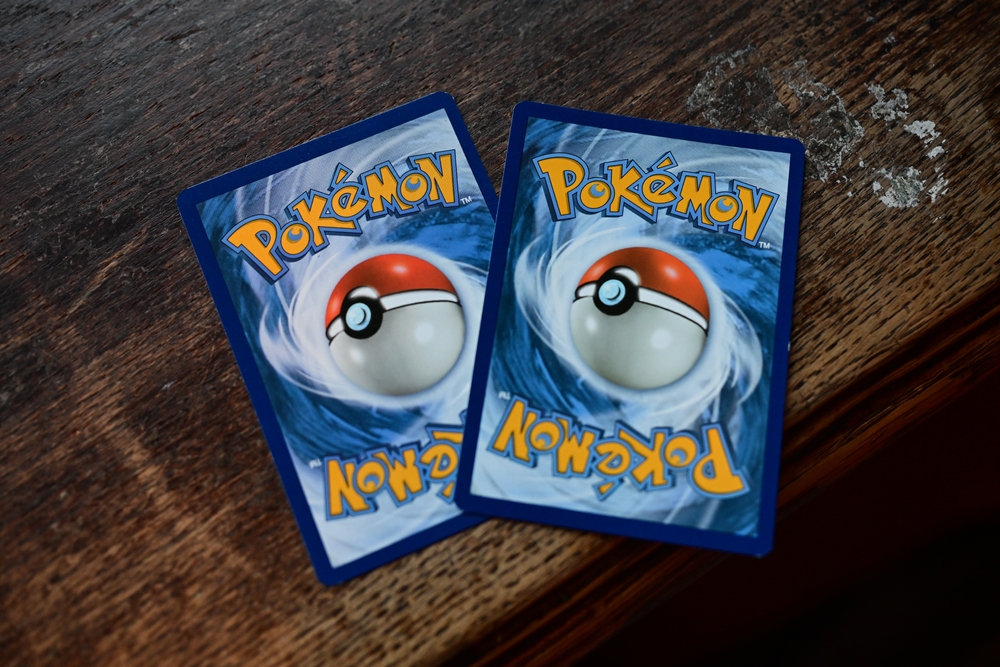
The back of the card is just as important as the front when identifying a fake. Real Pokémon cards have a distinct, high-quality printing process that makes the back colors and design crisp. Counterfeit cards may have a faded or uneven design, and the blue color may appear off. This discrepancy is one of the easiest ways to tell if a card is fake.
When comparing the back of the card, pay attention to the color and alignment of the design. The logo and borders should match those of an authentic card. If the back looks blurry or poorly printed, it is most likely a counterfeit.
Check the Card’s Print Quality
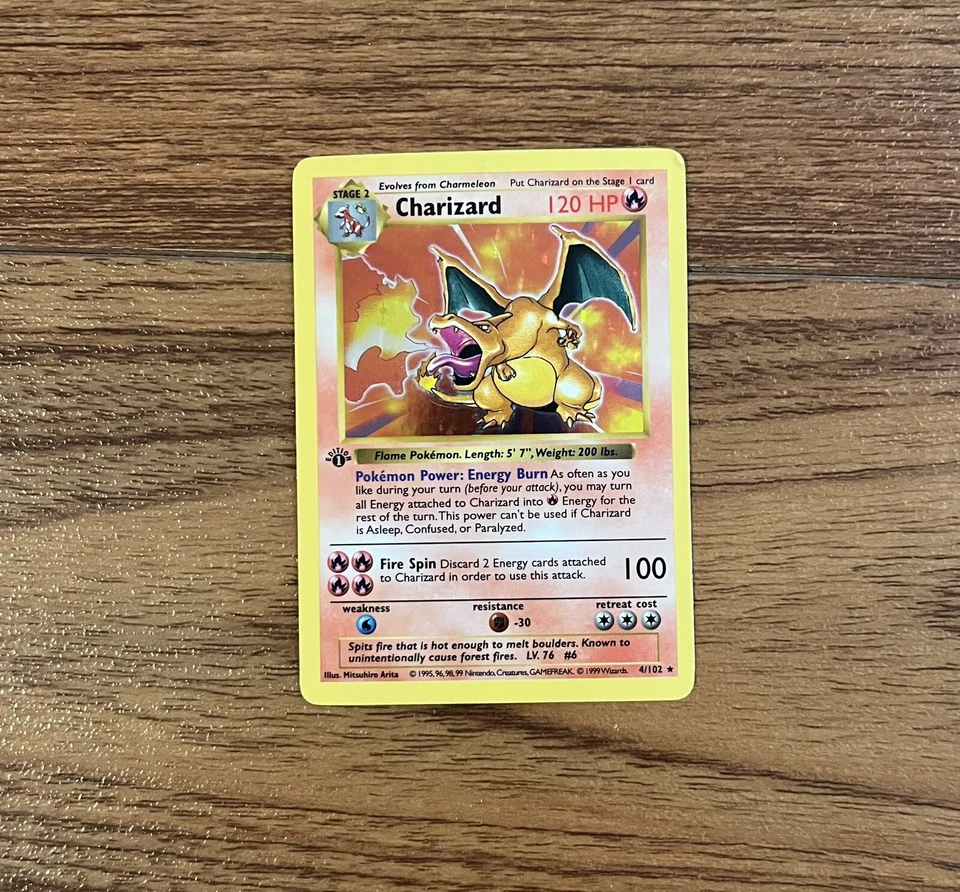
Another tip for spotting fake Pokémon cards is by checking the print quality. Real Pokémon cards have crisp and clear prints, with no visible pixelation or blurring. Fake cards often show signs of poor print quality, with jagged edges or blurry images. The contrast between the colors can also be off, with counterfeit cards looking more washed out.
If you are unsure, compare the card with a known authentic version. Real cards will have vibrant colors, clear text, and sharp images, while fakes may appear faded or smudged. It’s always worth double-checking the print quality before making a purchase.
Compare the Card with a Known Authentic Card

Comparing a suspicious card to an authentic one is one of the easiest ways to spot a fake. Simply take a card you know is real and hold it next to the suspect card. Check for differences in size, color, font, and alignment. Real cards will have consistent characteristics, while fakes may have noticeable deviations.
This tip is especially useful when you are unsure about a card’s authenticity. If something doesn’t look right, it is often the first clue that something is off. Keep a reference card with you to help with future comparisons.
Look for Misprints or Inconsistent Color
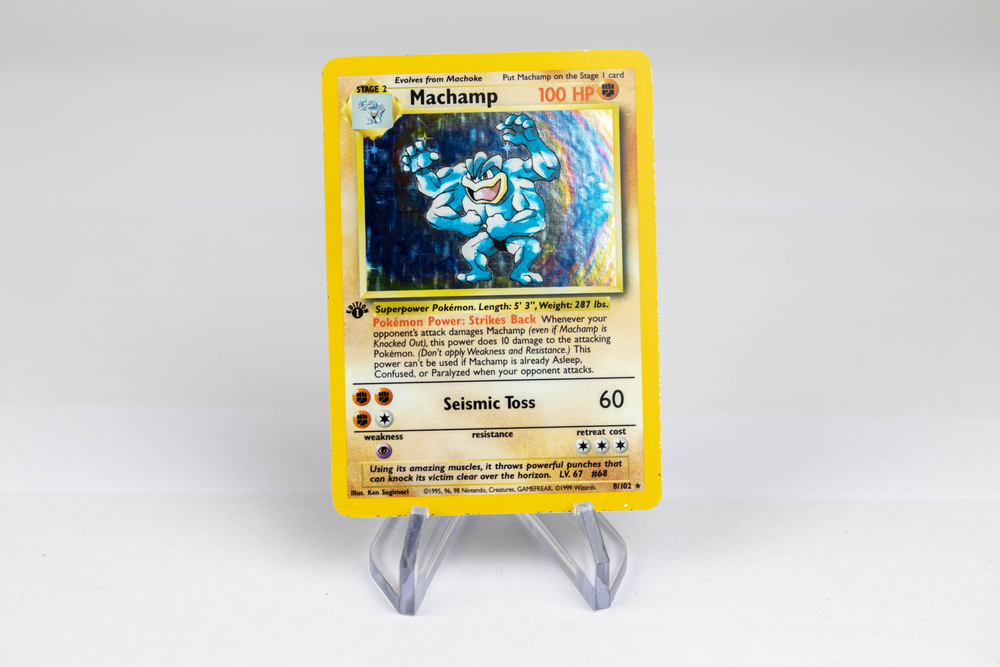
Misprints and color inconsistencies are common in fake cards. While some misprints may occur in authentic cards, they are much rarer than in counterfeit ones. Fake Pokémon cards often have inconsistent colors or minor imperfections that are easily noticeable when compared to a genuine card. Look closely at the artwork, background, and borders for any unusual coloring.
If a card looks too bright or the colors seem off, it is likely a fake. Comparing the card with another known authentic version can help confirm whether the color is accurate. Pay close attention to small color inconsistencies to avoid counterfeit cards.
Check the Card’s Rarity Symbol

Pokémon cards feature different rarity symbols that represent the card’s value and rarity. Fake cards sometimes get the rarity symbol wrong, either by using an incorrect symbol or by misplacing it. This can be an immediate giveaway that the card is a counterfeit. Compare the rarity symbol to one on a genuine card for verification.
In some cases, counterfeit cards may even try to fake holographic symbols, but they will not have the same shine or texture. Always ensure the rarity symbol matches the one found on authentic cards. Small details like this are often missed by fakes.
Ensure the Card’s Set and Number Match
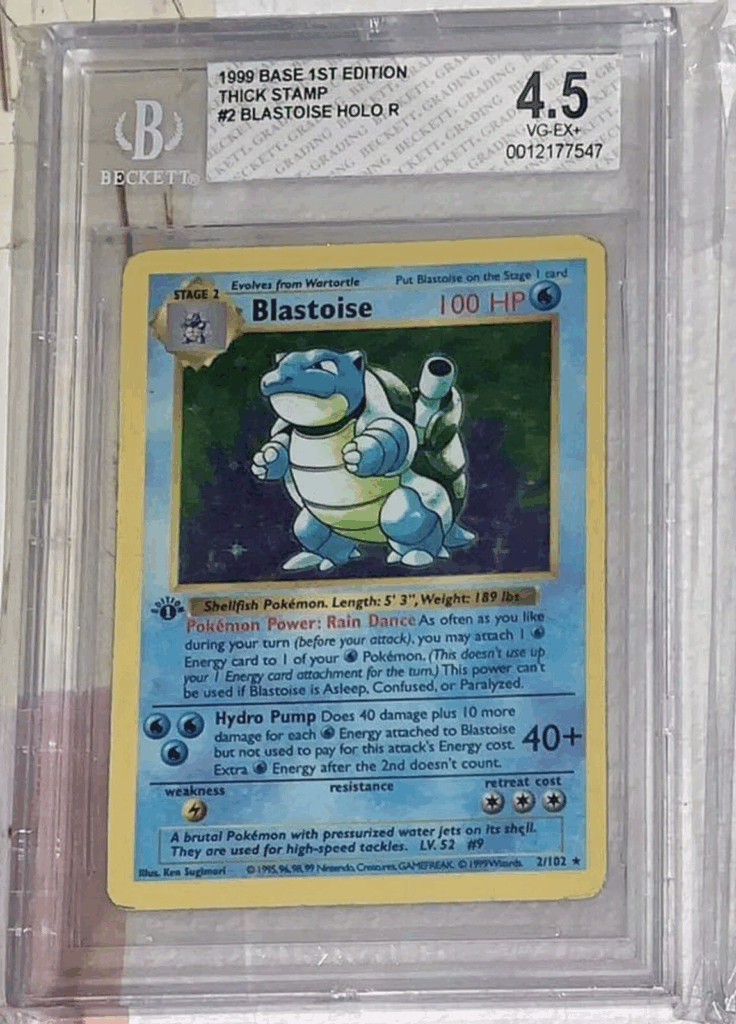
Pokémon cards from specific sets have unique set numbers, and these should match with the card’s set. Fake cards sometimes use incorrect set numbers or even make up numbers for cards that did not belong to any specific set. Double-check the set number on a reputable online database to ensure it matches the card’s details.
This is especially important when dealing with rare or hard-to-find cards. Fake cards often try to replicate older sets, but a quick lookup can confirm if the card is from the correct collection. It’s a simple but effective method to spot counterfeits.
Use Professional Authentication Services
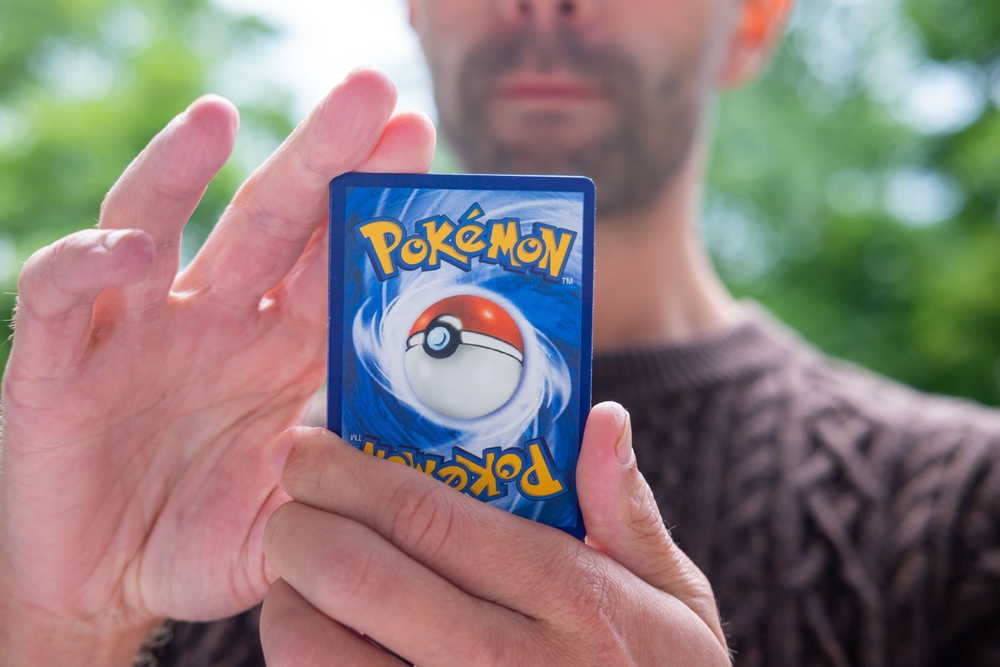
If you are unsure about a card’s authenticity, using a professional authentication service is a safe option. These services have the knowledge and tools to identify fakes and verify a card’s authenticity. They can provide a certificate of authenticity, giving you peace of mind that the card is genuine. Many trusted services exist for Pokémon cards, especially rare or high-value items.
While there may be a fee for authentication, it’s a worthwhile investment for valuable cards. These services can help you avoid costly mistakes and ensure your collection stays authentic. Authenticating rare Pokémon cards is an essential step for serious collectors.
This article originally appeared on Avocadu.
